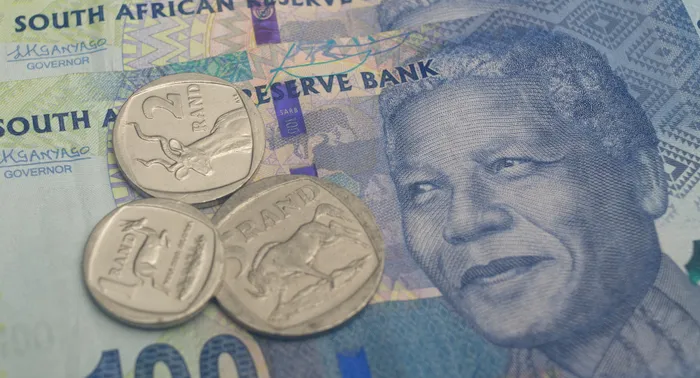South African households still under pressure despite inflation dropping to 5-year low
CONSUMER PRICES

Experts believe that an inflation drop of 0.5% to 2.7% in March, bringing inflation to its lowest level in five years, is good news, but consumers remain under pressure due to rising costs.
Image: Picture: Henk Kruger/Independent Newspapers
South Africa’s consumers received a sliver of hope this week as Statistics South Africa (Stats SA) announced a significant drop in inflation from 3.2% to 2.7% in March, marking the lowest level seen in five years.
While this decline was seen as a promising development, experts warned that many households were still grappling with rising costs that continue to exert pressure on their budgets.
Neil Roets, CEO of Debt Rescue, welcomed the news, suggesting it might bolster the case for a potential interest rate cut.
“This brings a glimmer of hope to struggling South African households and strengthens the case for a potential interest rate cut. Lower inflation reduces pressure on the Reserve Bank, and while a cautious approach is likely, we’re hopeful that rate relief will come before the end of the year,” he said.
Roets added that although this was encouraging, they remained concerned particularly as essential goods were not becoming more affordable.
“Food prices, especially staples like maize meal and tea, remain stubbornly high. Fuel costs may have eased, but households are not feeling a meaningful difference in their monthly budgets. Consumers are still overextended, caught between rising electricity costs, expensive essential groceries, and stagnant incomes.”
Consumers are still overextended, caught between rising electricity costs, expensive essential groceries, and stagnant incomes. It is believed that lower inflation, without corresponding relief in core living expenses, does little to improve day-to-day affordability.
Roets added that Debt Rescue continues to call on policymakers to prioritise job creation and bring down interest rates to ease the pressure on struggling households.
Benay Sager, executive head of DebtBusters, said they hoped the decline in consumer prices will factor into the SA Reserve Bank’s consideration when make a decision on the repo rate interest rates.
“We hope it will allow the Reserve Bank to lower the interest rates and provide more relief for consumers,” Sager said.
“We know they will also try to balance this data with other macro information based on global indicators, so if next month is also low interest rates, we believe there is a very strong position to make an argument for interest rate reductions at the end of May, which would be great for consumers.”
Sager said he did not believe that this will impact the economy just yet.
“Most of our inflation is due to regulated prices of electricity and petrol have been coming down, which is one of the primary reasons for this reduction,” he said.
“However, electricity prices are flat throughout the year until the 1st of April, so often those increases from Eskom kick in during April, or if you are a municipal customer, in July and only then do we see the primary impact on inflation.”
Casey Sprake, an economist at Anchor Capital, said the Sarb's Monetary Pociy Committee now faced a nuanced dilemma—one rooted less in macroeconomic constraint and more in policy discretion.
“Real policy rates in SA remain in restrictive territory, meaning that current monetary policy is exerting a significant dampening effect on economic activity. This creates a window for the MPC to adopt a less restrictive stance, should it choose to do so.”
Sprake added that the Sarb has consistently underscored its commitment to anchoring inflation expectations and preserving financial stability, especially in a context of currency volatility.
“Additionally, the uncertain global environment, marked by tightening geopolitical tensions and diverging monetary paths across major central banks, continues to inject caution into the MPC's decision-making process.”
Sprake said that while the March inflation data validated the Sarb's prior caution and suggested that monetary tightening has been effective, the threshold for cutting interest rates below its estimated neutral level, where policy neither stimulates nor restrains inflation and growth, remains high.
“We maintain our outlook that the Sarb will eventually lower the repo rate to this neutral level, but the exact timing remains uncertain given prevailing uncertainty,” she said.
BUSINESS REPORT